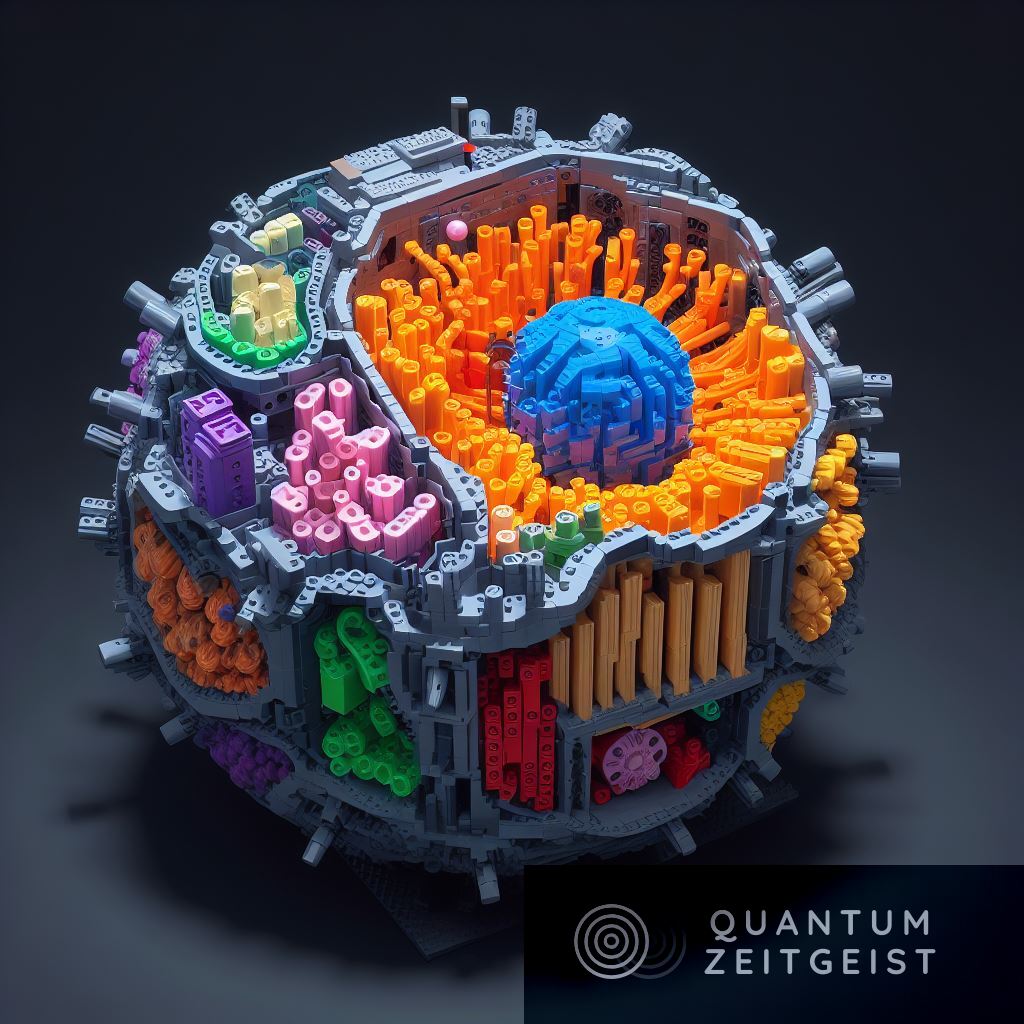An international team of researchers, including Professor Sara Walker from Arizona State University and Professor Lee Cronin from the University of Glasgow, have developed a new theoretical framework called ‘Assembly Theory’. This theory bridges physics and biology, providing a unified approach to understanding complexity and evolution in nature. The theory, which assigns a complexity score to molecules, could have implications for the search for alien life and efforts to create new life forms in the lab. The researchers believe Assembly Theory could transform fields from cosmology to computer science, and help solve the origin of life.
New Theoretical Framework for Understanding Complexity and Evolution
An international group of researchers has developed a new theoretical framework, known as ‘Assembly Theory’, that aims to provide a unified approach to understanding how complexity and evolution emerge in nature. This research, published in Nature, represents a significant step forward in our fundamental understanding of biological evolution and how it is governed by the physical laws of the universe. The theory builds on the team’s previous work, which used Assembly Theory as an empirically validated approach to life detection, with implications for the search for extraterrestrial life and efforts to evolve new life forms in the lab.
Assembly Theory: A New Perspective on Physics, Chemistry, and Biology
Assembly Theory offers a fresh perspective on physics, chemistry, and biology, viewing them as different perspectives of the same underlying reality. The theory introduces mathematical formalism around a physical quantity called ‘Assembly’ that captures how much selection is required to produce a given set of complex objects, based on their abundance and assembly indices. This approach allows for a better understanding of the gap between reductionist physics and Darwinian evolution, and is a significant step towards a fundamental theory unifying inert and living matter.
Application of Assembly Theory in Quantifying Selection and Evolution
The researchers demonstrated how Assembly Theory can be applied to quantify selection and evolution in systems ranging from simple molecules to complex polymers and cellular structures. The theory explains both the discovery of new objects and the selection of existing ones, allowing for open-ended increases in complexity characteristic of life and technology. This new way of looking at the matter that makes up our world could potentially transform fields from cosmology to computer science.
Assembly Theory: A Testable Approach to Understanding Life
A key feature of Assembly Theory is that it is experimentally testable. This opens up the exciting possibility of using Assembly Theory to design new experiments that could solve the origin of life by creating living systems from scratch in the laboratory. The researchers aim to further refine Assembly Theory and explore its applications for characterising known and unknown life, and testing hypotheses about how life emerges from non-living matter.
Future Research Directions and Implications of Assembly Theory
Assembly Theory opens up many new questions and research directions at the boundary of the physical and life sciences. It promises to provide profound new insights into the physics underlying biological complexity and evolutionary innovation. The researchers’ paper, titled ‘Assembly Theory Explains and Quantifies Selection and Evolution’, is published in Nature, and represents a new frontier at the intersection of physics, chemistry, biology and information theory.
“A key feature of the theory is that it is experimentally testable,” says Cronin. “This opens up the exciting possibility of using Assembly Theory to design new experiments that could solve the origin of life by creating living systems from scratch in the laboratory.”
Summary
An international team of researchers has developed a new theoretical framework, known as ‘Assembly Theory’, which provides a unified approach to understanding how complexity and evolution emerge in nature, bridging physics and biology. The theory, which is experimentally testable, could potentially transform fields from cosmology to computer science, and offers a new way to look at matter, defined not just by particles, but by the memory needed to build objects through selection over time.
- An international team of researchers has developed a new theoretical framework called ‘Assembly Theory’, which aims to provide a unified approach to understanding complexity and evolution in nature.
- The research, published in Nature, builds on previous work where the team assigned a complexity score to molecules, known as the molecular assembly index.
- The new study introduces a mathematical formalism around a physical quantity called ‘Assembly’ that measures how much selection is required to produce a set of complex objects.
- Lead author Professor Sara Walker from Arizona State University explains that Assembly Theory offers a new perspective on physics, chemistry and biology, and helps bridge the gap between reductionist physics and Darwinian evolution.
- The theory can be applied to quantify selection and evolution in systems ranging from simple molecules to complex polymers and cellular structures.
- Co-lead author Professor Lee Cronin from the University of Glasgow believes the approach could transform fields from cosmology to computer science.
- The researchers aim to further refine Assembly Theory and explore its applications for characterizing known and unknown life, and testing hypotheses about how life emerges from non-living matter.
- The theory is experimentally testable and could be used to design new experiments that could solve the origin of life by creating living systems from scratch in the laboratory.

